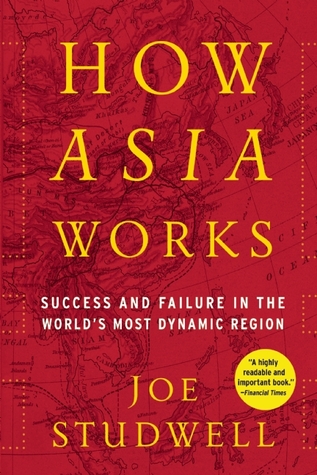
I learned about this book from the Gates notes1. While it is hard to see from the inside, the drastic transition of Korea, Japan, Taiwan, and China in the past 70 years was mind-blowing. After the war, most were extremely poor, and contrasting their progress with other Asian countries like the Philippines or Indonesia is quite interesting. This book shares per-country analyses with a compelling underlying recipe for success.
In the beginning, all you have is human labor with little skills. So, it is crucial to increase their productivity in farming. For higher productivity, it is effective to let them be the landlords rather than serfs. Even China, with limited capitalism, could enjoy higher productivity this way. This higher productivity yields extra resources to invest in, and the next step is to direct them toward manufacturing for further growth. You can start with goods like simple textile that low-skilled laborers can contribute to and effectively compete with other markets with higher labor costs. For higher impacts, the government could even manipulate policies to protect companies (possibly enabling them to exploit workers) and strongly support the most competitive ones in the global market. There are many good examples in Korea like Hyundai and Posco that made massive successes this way, and we can also see the same pattern repeated in others.

While Gates showed interest in applying this path to African countries, I found this book more interesting to understand those Asian countries better. For example, I could see why the old generation of Korea is so supportive of weird policies empowering chaebols and government-driven economies. Success is two-sided. A great success makes people badly desire to repeat the same method and underrate today’s unique challenges. The greater the success is, the bigger the unconditional faith grows. However, your attempts to replicate will fail miserably without understanding the dynamics of your past success. Essentially, I think those prosperous Asian countries cannot benefit from government-driven economies any longer as their systems are already too complicated. Instead, they should empower individuals more to be more competitive.
Ultimately, the economy is strongly tied to productivity, and how you utilize your resources determines your productivity. A few Asian countries drastically improved productivity by empowering individuals with ownership. In contrast, other countries showed poor results when most of their people remained serfs and only a few dominated resources. Thus, it is concerning that those affluent Asian countries are failing the next generation. Even after working hard, it is nearly impossible for the new generation to own a small portion of building forests, leaving them as a new type of serfs. We should recognize that even past successes were only possible when booming countries kept the pace of growth by transitioning from more efficient agriculture to manufacturing and be more open-minded in determining future steps.
It is challenging to understand the past objectively, but it is much harder to make good decisions for the future. This book introduced a few interesting cases that tried to mimic other countries’ successes but did not manage to make similar impacts. I found those dynamics very interesting to read over. ∎
More books to recommend:
- Guns, Germs, and Steel: The Fates of Human Societies – Diamond, Jared
- Deng Xiaopeng and the Transformation of China – Vogel, Ezra F.
-
Gates Notes - Can the Asian Miracle Happen in Africa? ↩︎